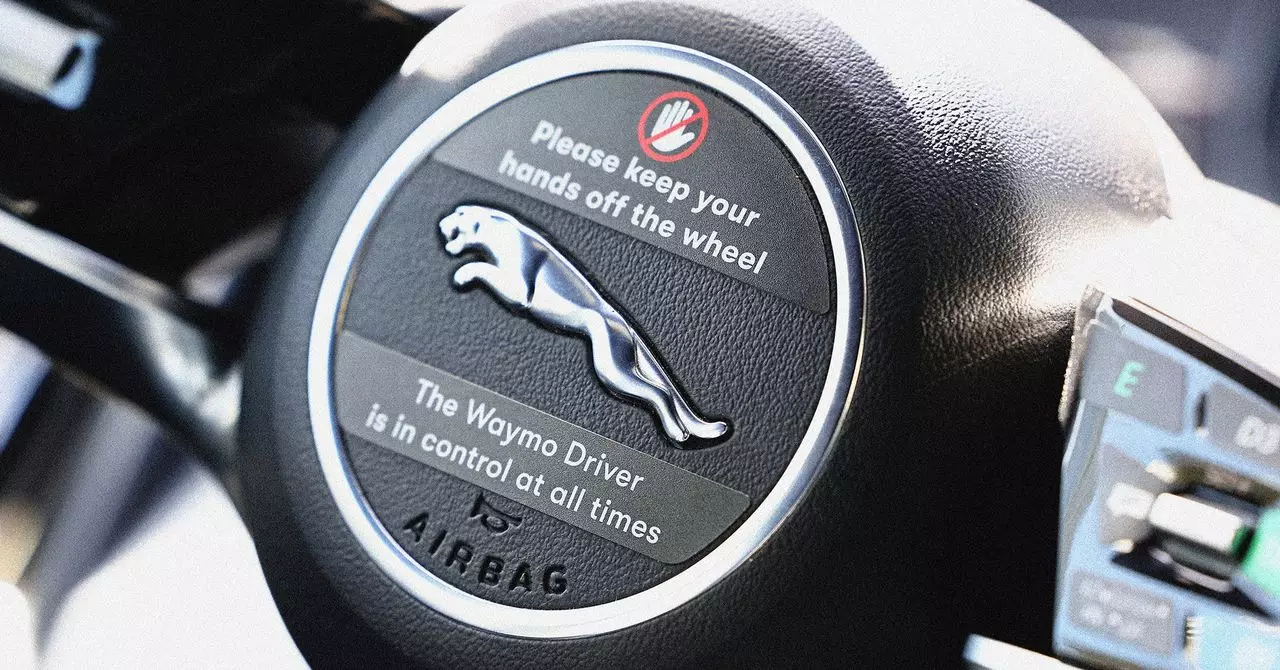Imagine a world where teenagers no longer depend solely on parental transportation or public transit—where they can traverse cities safely and independently with the tap of a screen. Waymo’s recent move to enable 14- to 17-year-olds in Phoenix to ride in autonomous vehicles marks a seismic shift in youth mobility, promising to redefine the boundaries of teenage independence. This initiative reflects an emerging understanding: that modern transportation technology can be a powerful tool in empowering a generation eager for autonomy but held back by safety concerns, logistical barriers, and societal anxieties.
By extending this service to key markets across the US—such as Los Angeles, Austin, and Miami—Waymo isn’t just testing a new feature; it’s pioneering a future where young people are no longer passive passengers in a car-dependent society but active explorers with fewer limitations. This leap forward has the potential to transform how teenagers socialize, access education, and participate in everyday activities, breaking down geographical and infrastructural hurdles that have traditionally constrained youth mobility.
Addressing Teen Anxiety and Parental Concerns
Despite the enormous promise, this shift is not without complications. Many worries revolve around safety—both from the teenagers’ perspective and that of their parents. Naomi Guthrie’s research reveals a profound sense of anxiety among teens, who are increasingly connected through surveillance apps like Life360, yet feel restricted by parental oversight and logistical constraints. Their fears of driving or interacting with strangers mirror broader societal concerns, which are often rooted in the real dangers of teenage driving.
Parents, meanwhile, grapple with the pressures of modern parenting—juggling schedules, ensuring safety, and navigating fears surrounding teen driving accidents. Federal statistics reinforce these concerns: teen drivers are significantly more likely to be involved in fatal crashes, emphasizing the persistent relevance of cautious oversight. Waymo steps into this landscape offering a seemingly perfect solution—autonomous rides that promise safety, convenience, and independence without the liabilities of human error or parental stress.
Redefining Safety, Autonomy, and Trust
Waymo’s approach to integrating teenagers into autonomous vehicle usage cleverly taps into the unmet needs of the modern family. Linking teen accounts to adult profiles fosters a sense of oversight and control, with mechanisms in place to monitor behavior and enforce safety policies. Restrictions prevent risky behaviors such as alcohol or drug use, and in-car interactions are managed through robust customer support systems. This creates a safety net that addresses parental anxieties while granting teens a new form of mobility.
However, critical self-analysis must recognize inherent challenges. Self-driving technology, despite advances, is not infallible; public skepticism and fear of accidents persist. The success of this initiative depends on transparent communication, rigorous safety standards, and actual collision data that supports autonomous technology’s safety record. Without genuine trust, the promise of independence could be undercut by fears of malfunction or hacking.
The Cultural Shift Toward Autonomous Youth Transportation
Beyond safety, this move signals a broader cultural transformation. As autonomous vehicles become more prevalent, society must reevaluate traditional notions of driving skill, parental authority, and the very fabric of urban mobility. For teenagers, this could mean a shift from being passive recipients of adult-endorsed rides to active participants in their transportation choices—free from the societal stigma and anxieties that accompany traditional teen driving.
Furthermore, the economic implications are substantial. Insurance models, urban planning, and transportation policies will need to adapt, recognizing that a significant segment of teenage travel may soon be managed by autonomous fleets. This transition could democratize access to transportation, particularly in underserved communities where public transit is limited and parental supervision is not always feasible.
Waymo’s pilot program for teen riders is more than a technological experiment; it’s a bold step toward reshaping the relational dynamics of freedom, safety, and independence for young Americans. It challenges society to reconsider how technology can bridge the gap between safety concerns and the natural human desire for autonomy. If executed with prudence and transparency, it could herald a new era—one where the future of young lives is powered not just by gasoline or supervision, but by innovative mobility solutions that liberate and protect simultaneously.

